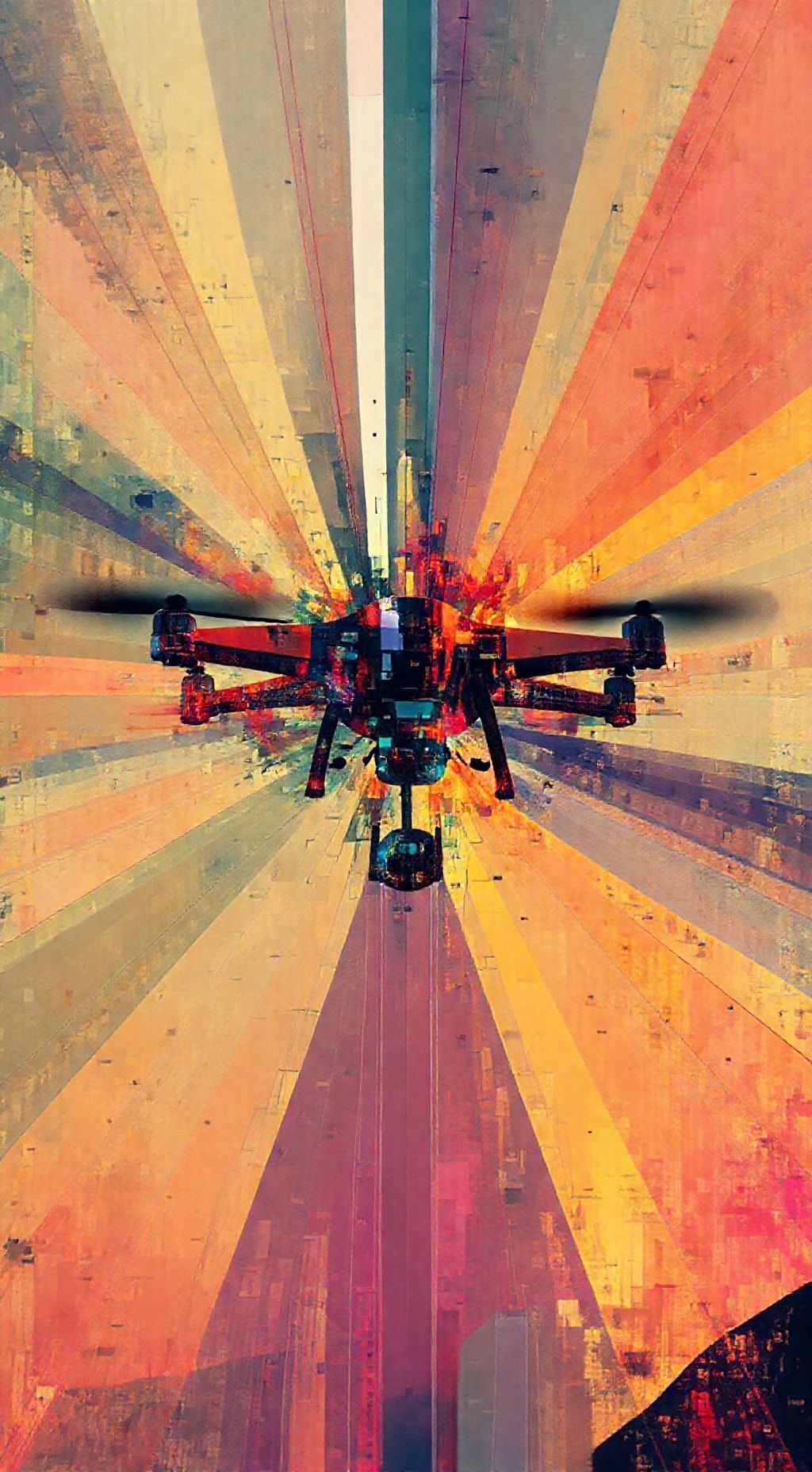Uncovering North West Queenslands Hidden Wealth: Groundbreaking Project Uncovers Critical Minerals Treasure
The Quest for Critical Minerals: Uncovering North West Queensland’s Hidden Treasure The …
15. January 2025

Drone Crashes into Paraglider’s Glider Lines, Pilot Forced to Make Emergency Landing
A dramatic incident occurred on January 7th at Torrey Pines Gliderport in Southern California, where a paraglider pilot was forced to make an emergency landing after a drone struck and damaged his glider lines. According to eyewitnesses, the collision happened at around 12:52 PM between two flags on the North Face of Torrey Pines.
Hunter M. Odaka, a paraglider pilot who documents his flights on YouTube under the name Wind Hunter, was flying over the area when the drone struck his glider lines. Odaka immediately confronted the drone operator and reported that he had initially acknowledged the incident but then fled the scene after pretending to provide contact information.
The incident highlights ongoing safety concerns about unauthorized drone operations near active flight areas. Torrey Pines Gliderport has rules in place that require radio-controlled aircraft operators to be AMA members, maintain spotters during full-scale glider operations, and operate only from designated areas.
The site’s regulations emphasize maintaining “Blue Sky” separation between aircraft and prohibit flying “at or near man-carrying aircraft.” The collision also raises concerns about enforcement challenges in drone-related accidents. Local authorities are investigating the incident, which could result in both civil and criminal penalties for the drone operator.
The FAA takes a particularly serious view of drone operations that endanger manned aircraft, with potential fines reaching into tens of thousands of dollars. For paraglider pilots and other aerial sports enthusiasts, the incident serves as a sobering reminder of emerging risks in shared airspace.
Safety protocols violated
The incident highlights the importance of drone operators following safety protocols when flying near active flight areas. The FAA requires drone operators to maintain visual line of sight with their aircraft and avoid interfering with manned aircraft operations. In this case, the operator’s actions potentially violated both federal aviation regulations and local safety guidelines.
Enforcement challenges
The incident highlights the challenges faced by authorities in enforcing drone-related accidents. In this case, the operator fled the scene after being confronted, making it difficult to determine the exact circumstances of the accident. Similar incidents have prompted calls for stronger enforcement mechanisms and pilot identification requirements.
The FAA has implemented measures to improve drone safety, including regulations requiring drone operators to register their aircraft and follow safe flying practices. However, more needs to be done to address the growing number of drone-related accidents and ensure that all airspace users are held accountable for their actions.
As drone adoption continues to grow, it is essential that drone operators follow safety protocols and adhere to regulations to protect themselves and others from harm. The FAA must continue to implement measures to improve drone safety, including stricter enforcement mechanisms and pilot identification requirements.